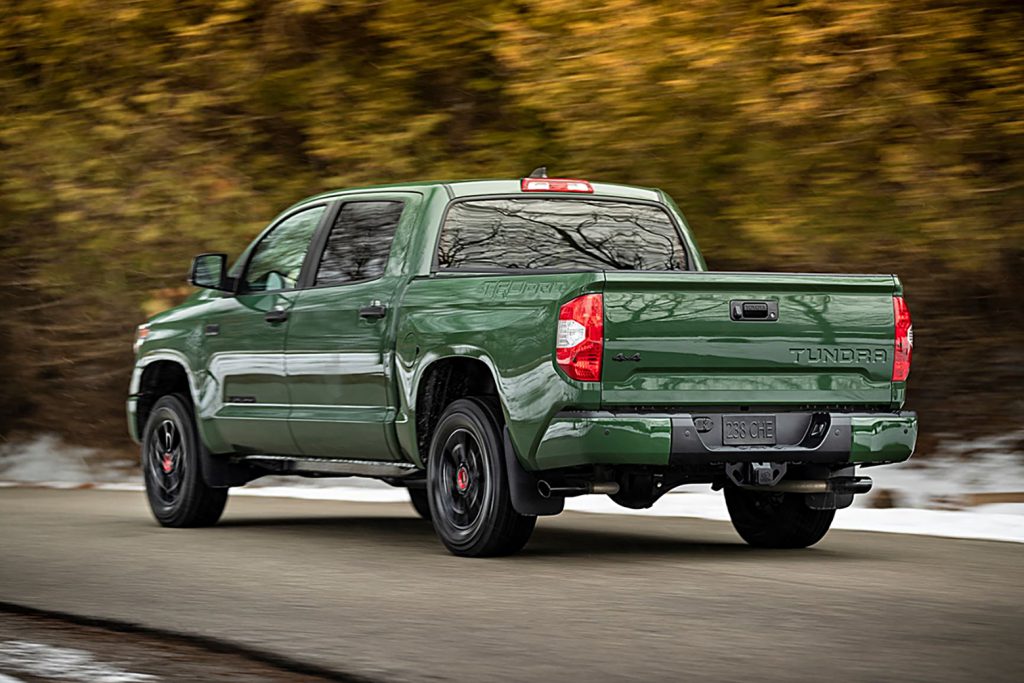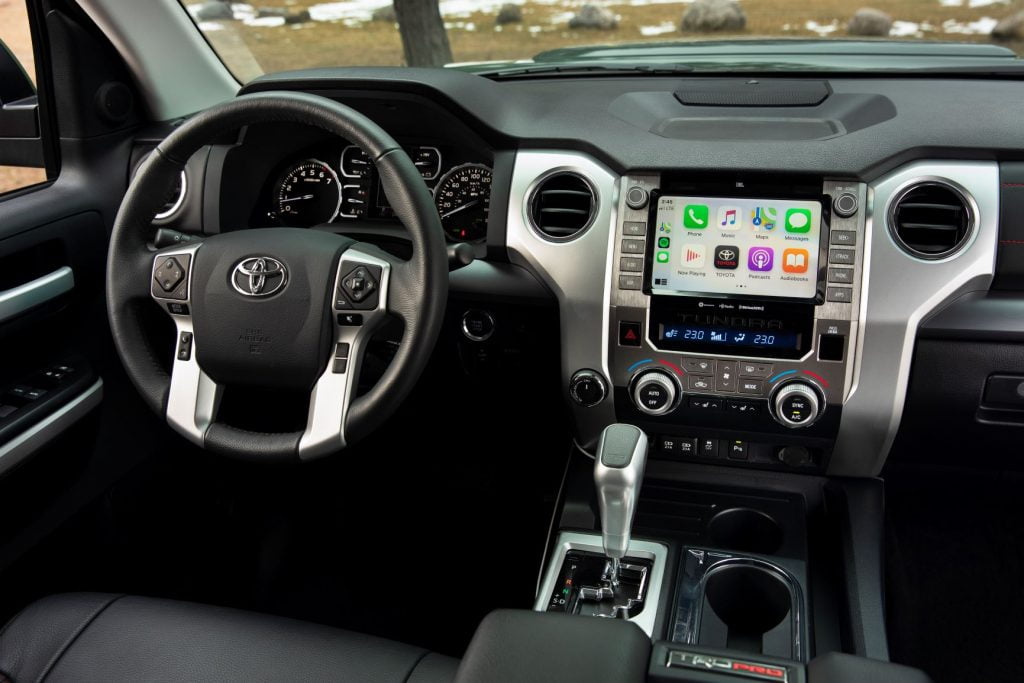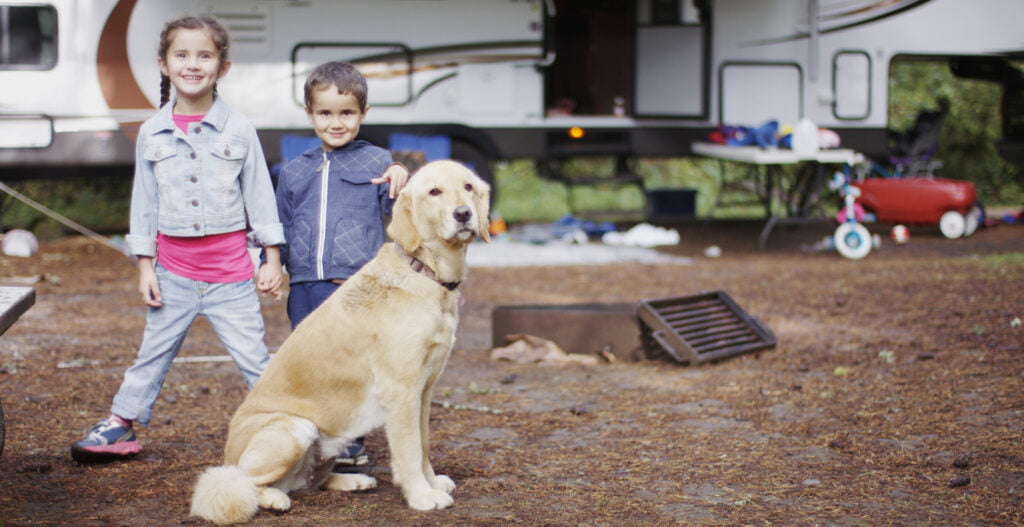Next year though (2021) we should see a generational update to the Tundra. The last one occurred in 2014, and Toyota tends to stick to the 7-year update cycle. At least that is what I’m expecting. As to the speculation on what next year’s truck will offer – well, it’s all over the map – from diesel to hybrid, perhaps even electric, but while the internet buzzes with what’s to come – Toyota (unlike some of the other builders), simply doesn’t leak information. So – if you are looking at a 2020, just be aware that this truck is likely in the last year of its current generational cycle. However, if you’d rather wait for next year, unfortunately, I can’t give you even one verified kernel of information on the new truck. I’ll be as surprised by what Toyota does as you will be. So, for now, we can only look at the current truck and its various versions.

That’s not to say that the Tundra doesn’t evolve. One trend I have seen (since at least 2016) is the move towards ownership of the off-road market. Four years ago, Toyota added two Tundra TRD Pro Series models with a choice of Double Cab or the more spacious CrewMax to the lineup. Each of these were built on the existing TRD Off-Road packages taking the truck to that next level by adding capability to the off-roading experience. What “Pro” added to the truck was TRD Remote Reservoir Suspension Kit, TRD Performance Tailpipes and dual exhaust, TRD skid plate and 18” black alloy wheels. Interior styling cues including black leather seats with red stitching, TRD Pro bed-side stamping, carpet floor mats and centre cap and a TRD shift knob.
Two other noteworthy production features were added in 2016 – both of which were very needed and continue to be today. Toyota added an integrated trailer brake controller and a 142L fuel tank (the largest of all the brands at the time). This is necessary in a truck market that is also increasingly aimed at towing.
This year, under the hood, is the long serving 32- valve 5.7L i-FORCE engine that makes 381 hp and 401 lb-ft of torque. It is still mated to a six-speed automatic with sequential shift mode and tow/haul capabilities. This is the only powertrain available this year. So, while this engine and transmission combination is old it is considered very reliable. Still, at least one other engine option would be nice.
Tow limits for Tundra range from 8,800 lb to 10,000 lb, (depending on model). This is now the lowest tow rating of any of the half-ton builders. On the other hand, all Tundra models are factory-fitted with a tow package that includes heavy-duty tow hitch receiver, four and seven pin wiring harness, supplemental transmission cooler, and a transmission fluid temperature gauge.
The 4×2 model offers the most towing capacity, outfitted with the Double Cab; but all Tundra models are available in 4WD, with either the Double Cab or the larger CrewMax cabin. Bed lengths are 5.5-foot, 6.5-foot or a full 8-foot cargo bed.
All Tundra models also deliver a full range of safety features; starting with Toyota Safety Sense P. (standard), this bundle of active safety technologies includes the Pre-Collision System with Pedestrian Detection, Lane Departure Alert, Automatic High Beams, and Dynamic Radar Cruise Control – helps drivers avoid collisions, stay in the lane, and “see” at night.
The price walk for the Tundra lineup starts with the 2020 Tundra 4×2 Double Cab SR5 Plus – starting at an MSRP of $40,190. Apart from being the entry level truck, its electronics have been updated this year to include a 7” touch screen display audio system, compatible with Apple CarPlay and Android Auto. Other features include a six-person Double Cab, front centre console box, locking glove box, 18” styled steel wheels, 8.1-foot cargo bed, LED daytime running lights, a headlamp levelling system, and all-season floor mats and vinyl flooring for year-round protection.
Moving up to the larger CrewMax version – the 2020 Tundra 4×4 CrewMax SR5 starts at an MSRP of $46,980. Its electronics include a Connected Services feature by Toyota – Audio Plus with Safety Connect and a new 8” touch screen audio system with nine speakers. Other standard features include an eight-way power adjustable driver’s seat, heated front seats, sliding sun visors, footwell lighting, 18” alloy wheels, 5.5-foot cargo bed with bed rail system, LED daytime running lights, a headlamp levelling system, fog lamps, and more. This is the model that serves as the base for the various “off-road” packages. Each of these are ordered separately and added to the CrewMax SR5.
Making its debut this year, the 2020 Toyota Tundra 4×4 CrewMax TRD Off Road Premium model. (Starting MSRP is $53,620) In addition to the off-road capable truck – the Premium model adds the interior design cues and styling that defines the name – Premium. The package features Premium Audio with Remote which adds embedded navigation and Destination Assist. Other upgrades include leather seat cladding and leather-wrapped steering wheel, dual zone automatic climate control, the Toyota Blind Spot Monitor with Rear Cross Traffic Alert, and a spray-in bed liner

As for the top model – with emphasis on luxury vs. off-road – is the 2020 CrewMax 1794 Edition (Starting MSRP is $63,250). It’s offered in a unique palette of exterior colours, including Smoked Mesquite, and features a wood grain and leather-wrapped steering wheel and shift knob, premium leather seating with suede accents, and unique bumpers, grille, and badging.
One other design feature that Toyota has been adding to the Tundra lineup (and Tacoma as well) is a unique one-year only available colour. You may remember last year’s blue (called Voodoo blue). This year, the colour is Army Green – as featured throughout this article.
These Tundra’s are available across Canada now.




